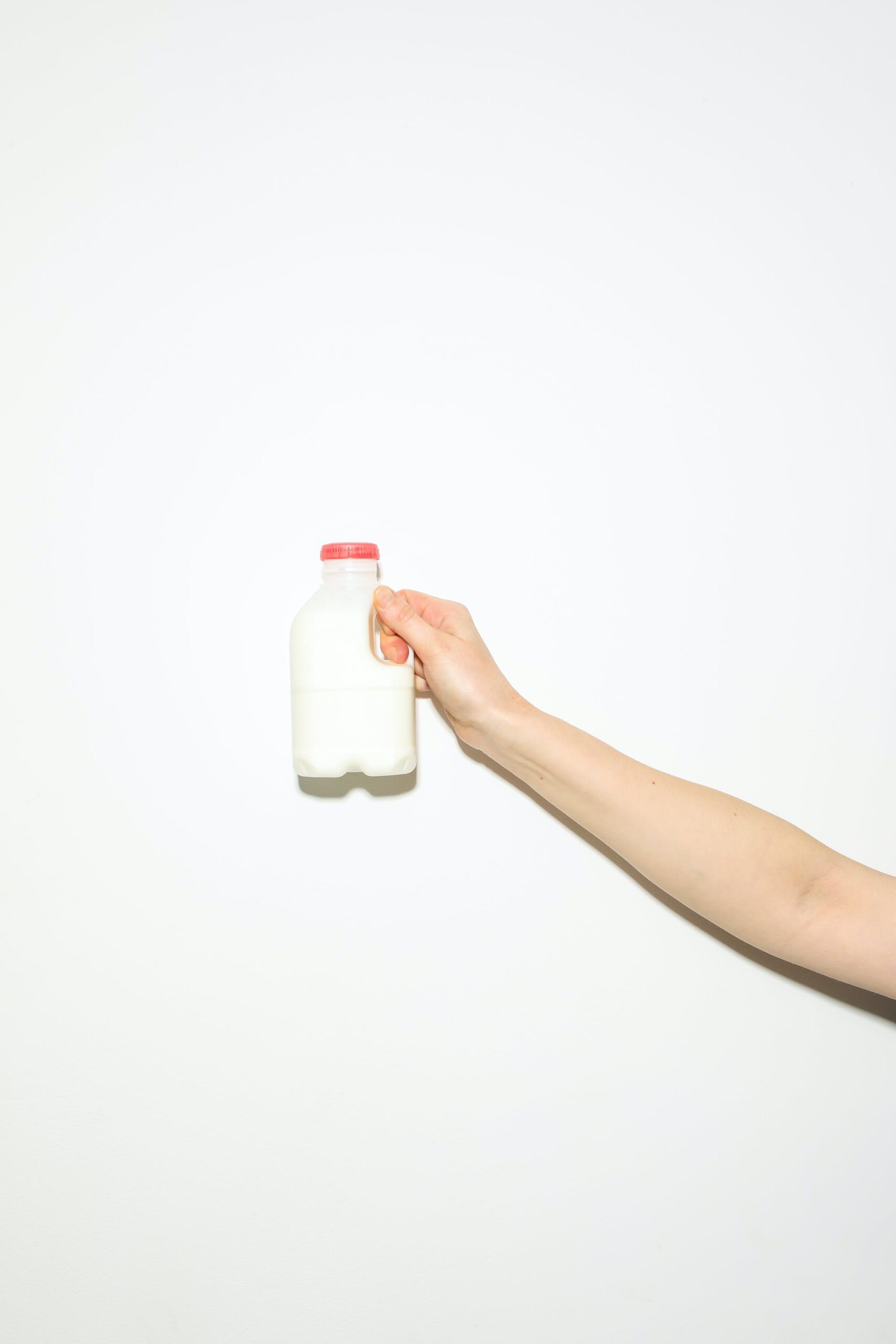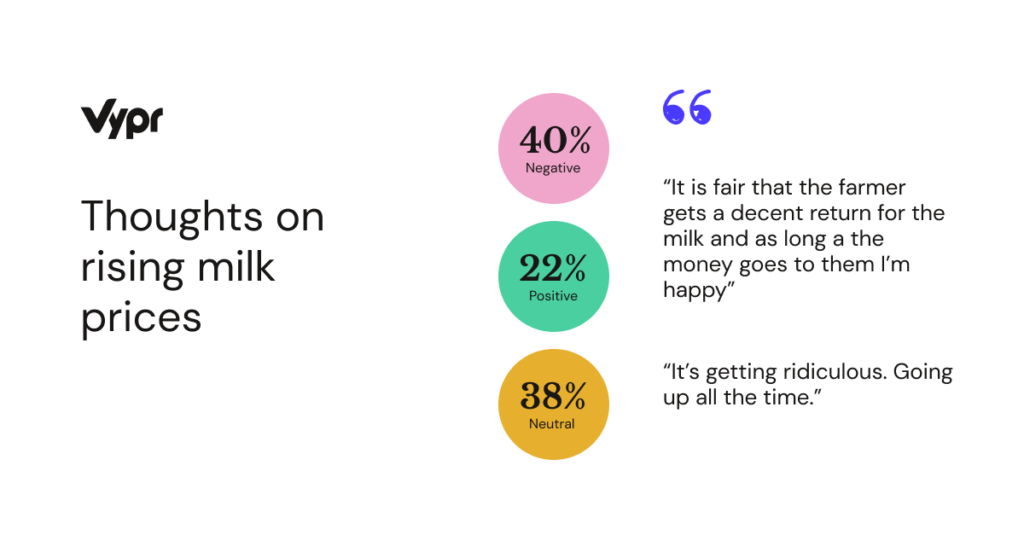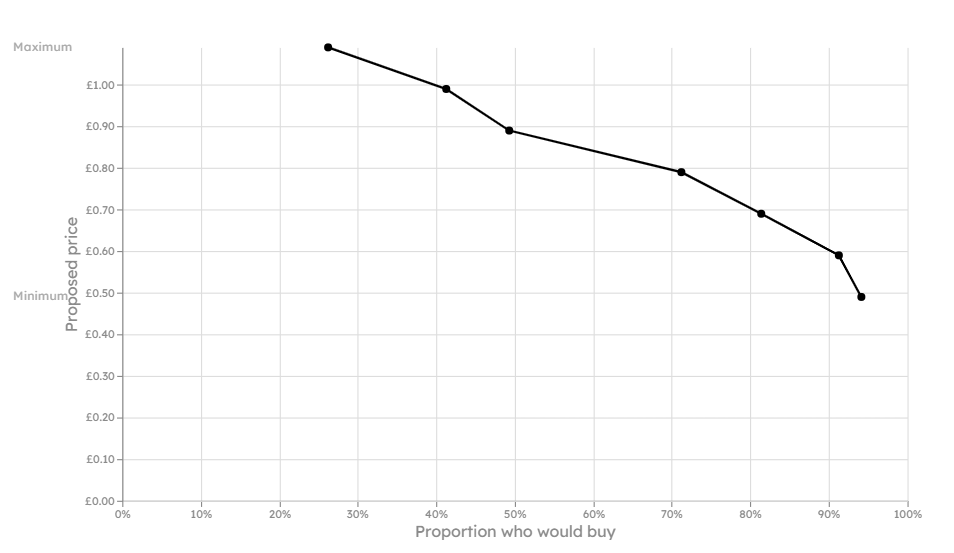Case study: How Vypr can help in the cost of living crisis

With the announcement of inflation increasing to 10.1%, inflation is at a 40-year high in the UK, we thought it would be useful to show how Vypr can be used to keep abreast of consumer attitudes and the impact of price rises as a result of the cost of living crisis. We decided to choose our topic on an everyday staple – milk.
The first question we asked was to understand if the consumer was aware of how much a pint of milk costs. As of 21/10/22, the price of a pint of milk at Aldi, Asda, Tesco, Sainsbury’s and Morrisons is 89p.
We ran a Single Answer steer with price points between 49p – 99p to a nationally representative sample.

The top-line result shows that only 22.13% knew that it costs 89p. However, prices have increased in the last few months, and they might have cost between 69-79p a mere few weeks ago.
As prices rise across the country, it is important to understand how consumers feel about the price rises concerning milk. We created a Sentiment steer asking, ‘What are your thoughts on rising milk prices?’

Understandably the majority do find it as a negative with some considering cutting back or drinking black coffee. What is most interesting regarding this is the 22.06% who feel positive about the rise, hoping it goes to the farmer.
Finally, the big question… what would consumers be willing to pay for a pint of milk? Here we used one of our pricing steers, Qualified Would Pay. We set the price range between 49p-£1.09. Consumers will have randomly started at either a low, medium or high price point in this range. If they answer yes or no it will show the next price point depending on what they answered. This is then charted below.

We can see here that the optimal price consumers would be willing to pay is 79p at 71.25%. There is a big drop off at 89p where only 49.26% would be willing to pay that price.
With the pint of milk costing on average 49p in February, it is a sharp increase in price for consumers. The question remains, will it go up any further and will more consumers have to cut milk out?







